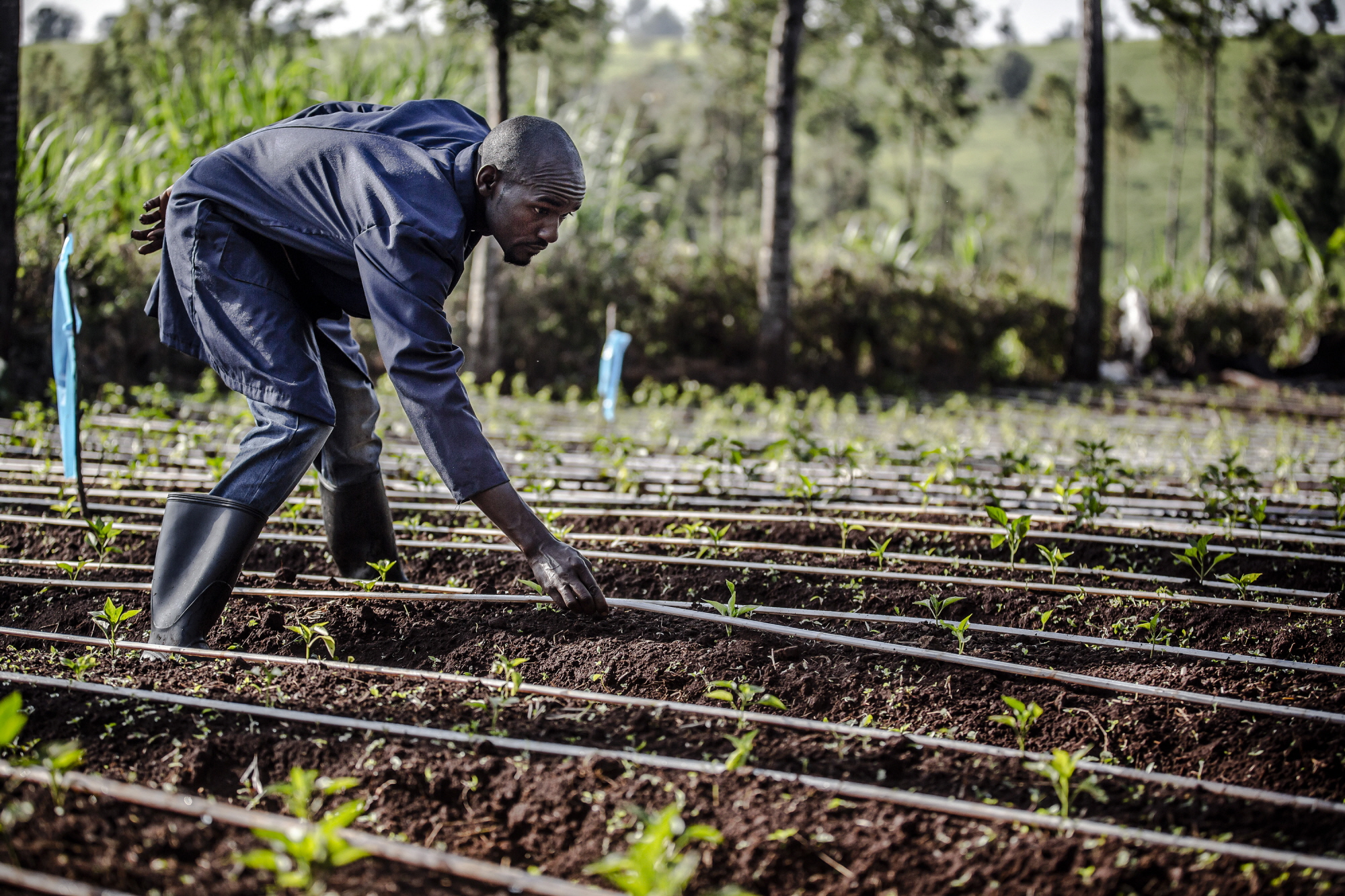Toward sustainable water solutions

During a recent webinar, the FAO Investment Centre unveiled a cloud-based tool that can identify viable water sources for small-scale irrigation systems in Ethiopia, Kenya and Rwanda.
The novel AGRI World Sources web is an open source platform. It is based on the innovative AGRI (AGua para RIego or Water for Irrigation, in English) online tool originally developed for western Honduras by the International Center for Tropical Agriculture (CIAT) – now part of the Alliance of Bioversity International and CIAT – with support from the United States Agency for International Development-Honduras.
FAO worked with CIAT to develop the cloud-based version of the AGRI tool and adapt it to seven Central American countries. It is now tailoring it for the three sub-Saharan African countries. The upgraded version includes such features as determining water demands based on crop types and weather data.
Most countries in sub-Saharan Africa struggle with climate change and increasingly frequent bouts of severe drought and flooding, which threaten people’s livelihoods and food security.
With the AGRI tool, what before took months to identify viable water sources now takes a matter of days.
Farmers using rainwater harvesting can, through AGRI, channel rainwater to reservoirs or tanks for storage during the rainy season. They can then use the stored water when conditions are dry, allowing them to grow food year-round and even venture into higher value crops. They can also easily identify stream and river diversion sites in order to develop irrigation.
Greater water efficiency and management
The webinar gave FAO colleagues from headquarters and the country offices, partners from CIAT and the World Bank, and irrigation and investment experts a chance to see how the AGRI tool works and understand better its potential.
AGRI integrates available information about the terrain, soils and climate as well as mathematical and hydrological models.
Starting at the plot to be irrigated, AGRI scans the surrounding area to map potential sites for stream or river diversion and rainwater harvesting.
It also displays viable routes for transporting water by gravity from the source to where it will be used and delineates water catchment areas.
“One big impediment to comprehensive water solutions is the lack of data coupled with limited technical capacity for informed decision-making,” said Luis Loyola, an FAO irrigation and rural infrastructure engineer.
“Analysis produced by the AGRI tool can guide the planning, prioritization and design of investments related to irrigation, water for livestock and rural water supply systems, ultimately helping small-scale farmers boost their productivity, incomes and climate resilience,” he said.
He added that FAO will organize trainings to strengthen the capacity of stakeholders to use the tool.
Better data for better investments and policies
The FAO Investment Centre is also working with CIAT to develop three new components for the AGRI World Sources platform that will provide registered users in Central America and sub-Saharan Africa with options for additional analysis.
For example, users will be able to determine crop water sufficiency based on weather conditions and potential water harvesting capacity. They will also be able to access relevant information on specific drainage areas – from slope and vegetation cover to runoff, for example – that can lead to better management and maintenance of irrigation infrastructure.
According to FAO Irrigation and Rural Infrastructure Engineer Yesuf Abdella, “this more detailed analysis can shed light on an investment’s environmental impact and also feed into climate-smart policies around water rights, water management and water accounting.”
More sustainable water solutions can lead to more sustainable and more resilient rural livelihoods.
